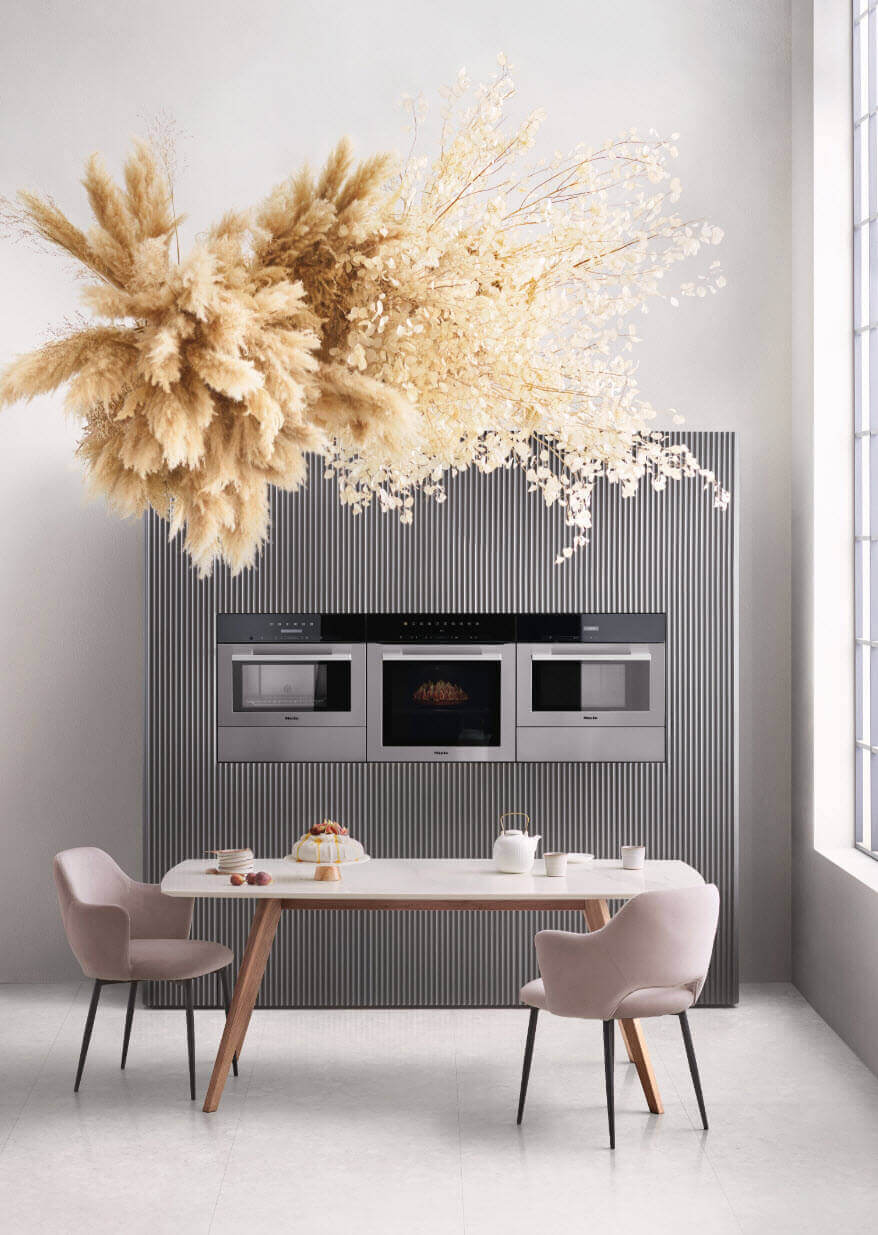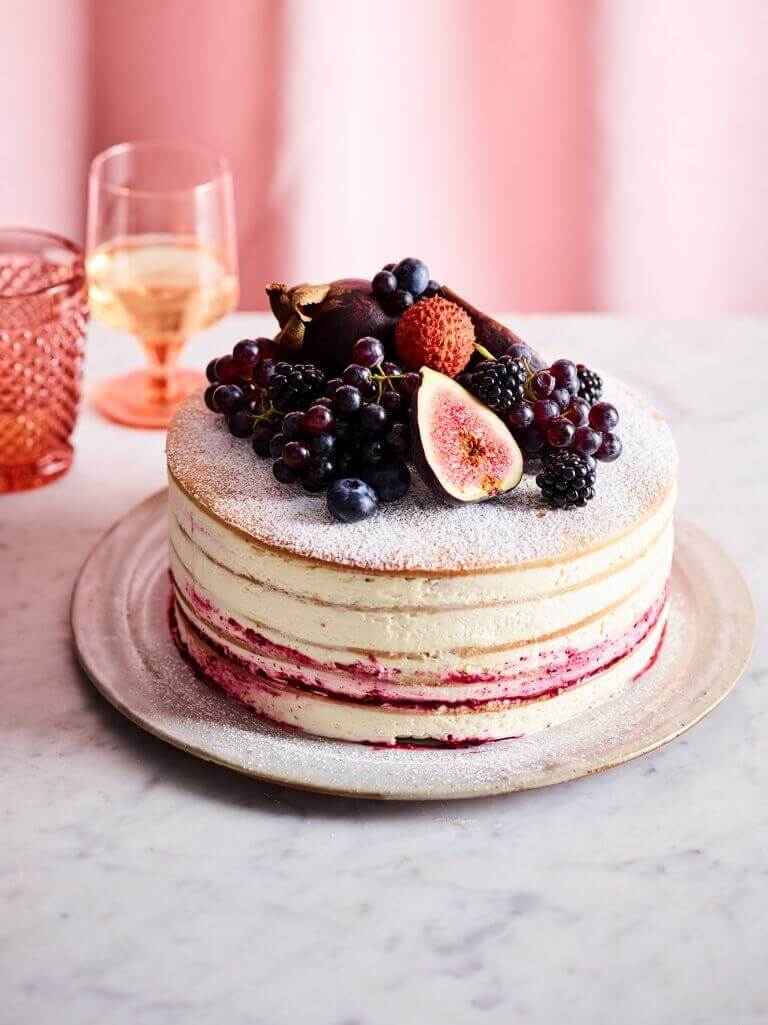Create Your Dream Home Using Minimalism
Create your dream home using minimalism
Creating a home that’s a refuge for relaxation, a great place to entertain and a sanctuary where you can pursue your interests, is the great dream for most people.
However, despite what we wish for, our hectic lives often means our homes become cluttered and chaotic as we constantly manage mess, battle the laundry, juggle activities and feed everyone – resulting in stress for the whole family.
Research undertaken at Yale University found that visual clutter can affect us mentally, causing a spike in the stress hormone, cortisol. It also found multiple visual stimuli compete for our attention, making it hard for us to focus.
Minimalism is both a design and lifestyle movement
There is a groundswell movement that aims to simplify our lives and help us live in harmony with our values – called Minimalism. For it to work successfully, your home design is as individual as you are.
Ms Petra Perolini, Program Director, Interior Design and Environments at Griffith University, says there are two aspects of Minimalism, the aesthetic approach of design and the lifestyle movement.
“Minimalistic design is about stripping away the layers, creating a blank canvas, enabling you to focus on a few, select pieces you adore.
“The lifestyle movement is about having less stuff, getting rid of excess possessions, and placing more value on the few items you have.
“It’s connected to the environment in terms of consuming less and living more sustainably.”

“The best part of minimalism isn’t a clean house, it’s a full life”
Renowned blogger on minimalism Joshua Becker recommends developing your own style of minimalism that is based on your passions and not your possessions.
Becker, who is married and a father of two, committed to eradicating excess items from his family home. In the process, he became a dedicated blogger on minimalism.
He suggests you wouldn’t immediately know he was a minimalist if you entered his home, as he has the basic essentials for a family with young children and loves to entertain and host small groups.
Becker writes: “Some people I speak with get nervous when they hear the term minimalist. For them, it conjures up images of destitution, barren walls, and empty cupboards.”
He challenges his readers to improve the quality of their lives by decluttering and removing “all the stuff that is keeping you from pursuing your dreams”.
“Owning less is better than organising more,” Becker says.

The Marriage of Minimalism Design & Lifestyle
Petra Perolini says her design philosophy is to create a space that people can adapt to make theirs.
“A good designer will conduct behaviour mapping, where they observe how a family operates and their daily routine. They will create a functional design that minimises clutter by ensuring there is a place for everything,” Petra says.
“For example, creating a functional entrance with storage can discourage family members from dumping their belongings on the kitchen table or benches.
“It’s all about designing a workable space that focuses on what’s important to you and not imposing a design standard on families.”
Petra says key features of a minimalistic home include:
A simplified colour palette that is repeated throughout the house;
A scheme that includes a few finishes with neutral joinery;
Using wood to create warmth and as an interior feature;
A plain, yet stimulating environment with a focus. The feature may be created through an injection of colour, using spot lighting, or directing attention to a favourite artwork;
Open spaces, rather than compartmentalised rooms.
Appliances & the Minimalist Kitchen
In recent years the minimalism movement has started to forge its way into kitchen design with handleless cupboards, hidden and integrated appliances, smart storage, wide kitchen benchtops and a merging of kitchen and dining areas.
Many passionate cooks choose to position their appliances as a feature, embedding them into the simple lines and colours of their kitchen cabinetry and benchtops.
Miele’s new ArtLine series of built-in appliances are designed to suit the minimalistic kitchen. The entire collection is seamlessly flush with furniture fronts, with innovative technology enabling this truly handleless design.
The ArtLine range consists of Ovens, Speed Ovens, Steam Combination Ovens and Warming Drawers. The colour palette for the Miele ArtLine Series is Obsidian Black and a new Graphite Grey tone, an elegant colour most at home in a dark and cool interior design.






